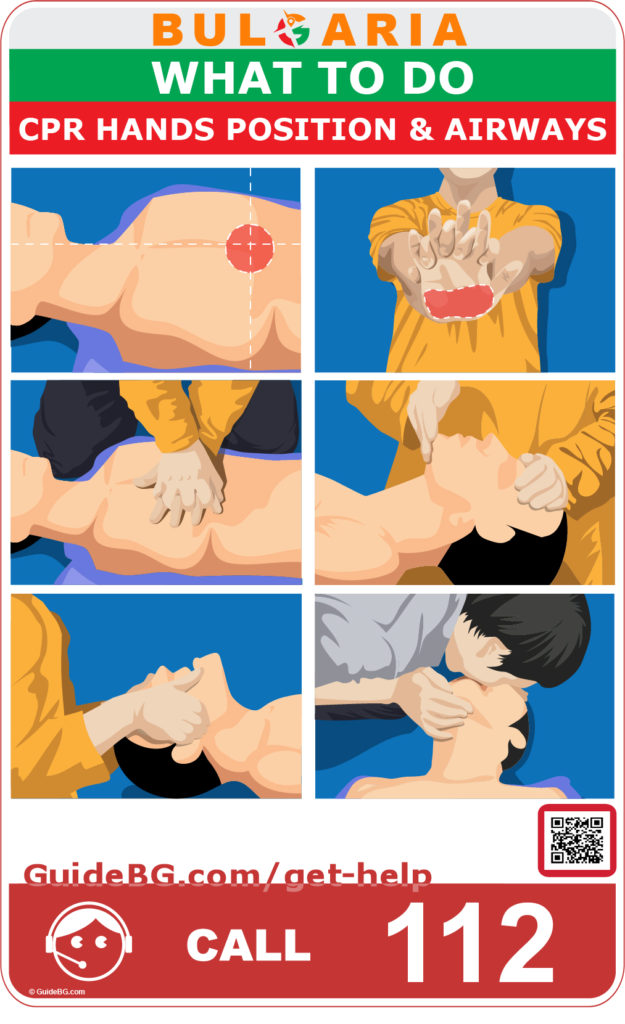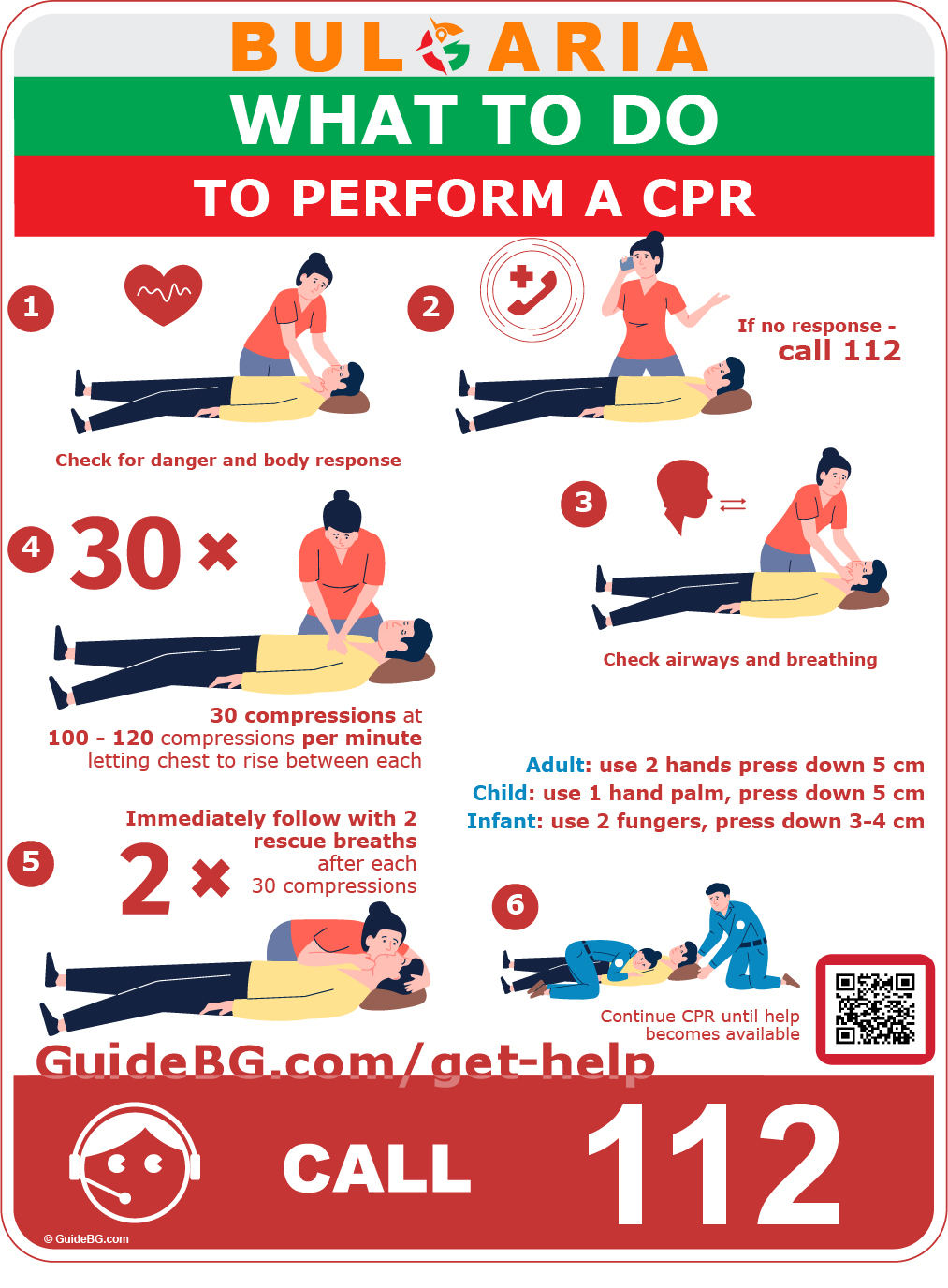Cardiopulmonary resuscitation (CPR) is a lifesaving technique useful in emergencies such as a heart attack or near-drowning where someone’s breathing or heartbeat has stopped. This guide aims to provide easy-to-follow instructions on CPR on adults, children, and infants.
Note: While this guide is an educational resource, it is crucial to undergo certified CPR training for hands-on practice and skills assessment.
1. Check for Danger and Body Response
For All Ages
- Firstly, ensure the environment is safe for both you and the victim.
- Approach the victim and try to get a response by tapping on their shoulder and asking loudly, “Are you okay?”
2. If No Response – Call 112 (or 911 in the U.S.)
For All Ages
- If the victim does not respond, shout for help or instruct someone nearby to call emergency services.
- Provide the dispatcher with your location and a description of the emergency.
3. Check Airways and Breathing
For All Ages
- Position the victim on their back on a firm, flat surface.
- Open their airway by tilting their head backward with one hand while lifting their chin with the other.
- Check for breathing by putting your ear near the victim’s mouth and nose, listening for breath sounds, and watching for chest movement.
4. Make 30 Compressions at a rate of 100-120 a Minute
For Adults
- Place the heel of one hand on the center of the chest and the other hand on top, interlocking the fingers.
- Press down hard and fast, about 5 cm deep, using both hands.
- Ensure you allow the chest to recoil between compressions fully.

For Children
- Use the heel of one hand for compressions.
- Press about 5 cm deep at 100-120 compressions per minute.
For Infants
- Use two fingers (index and middle) to deliver compressions.
- Press 3-4 cm deep at 100-120 compressions per minute.
5. Immediately Follow With 2 Rescue Breaths
For All Ages
- After 30 compressions, tilt the victim’s head backward again and lift the chin up.
- Pinch the nose shut for adults and children. For infants, cover their mouth and nose with your mouth.
- Give 2 rescue breaths, making sure the chest rises with each breath.
6. Continue CPR Until Help Becomes Available
For All Ages
- Keep alternating 30 compressions and 2 breaths.
- Continue CPR until medical help arrives, the victim starts breathing, or another trained responder can take over.
Additional Tips
- If you are untrained or unsure about giving rescue breaths, compressions-only CPR is better than no CPR.
- Always use a CPR mask or barrier device if available.
- Recheck the victim’s pulse and breathing occasionally if you are trained.
Remember, your actions can save a life. Regularly refresh your CPR knowledge and skills through certified training programs.
You may also need to know:
- Emergency phone numbers in Bulgaria
- How to dial a Bulgarian phone number
- What to do in a case of fainting
- Cardiac arrest first aid
The information provided in the health-related guides is for general informational purposes only. It is not intended as, nor should it be considered, a substitute for professional medical advice, diagnosis, or treatment. Always seek the advice of your physician or other qualified health provider with any questions you may have regarding a medical condition. Never disregard professional medical advice or delay seeking it because of something you have read in these guides. If you think you may have a medical emergency, call your doctor or emergency services immediately.



